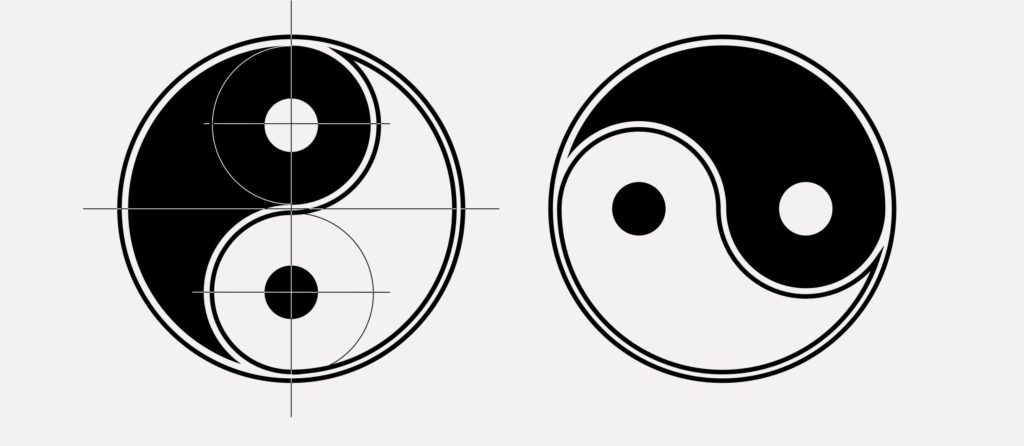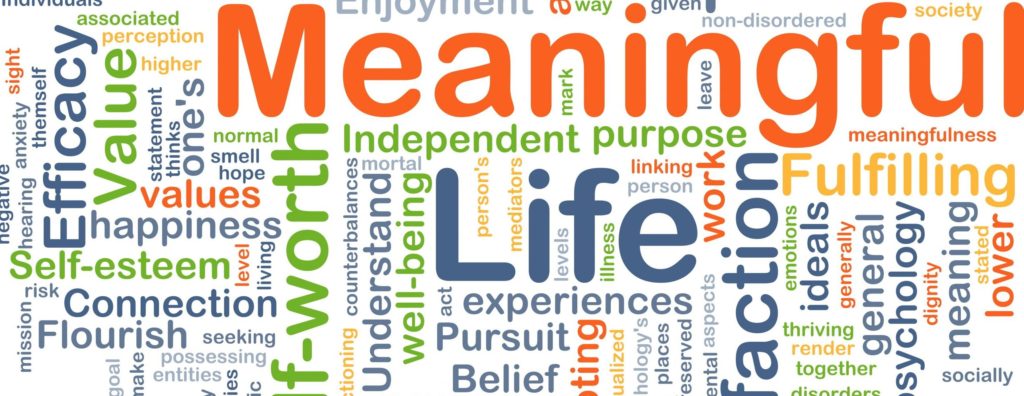“Let’s become a learning organization!” It’s easier said than done.

Who could disagree with the concept of a learning organization? It sounds wonderful. It certainly should be encouraged. But if you dig a little deeper and look a little harder, you’ll find it takes a lot of effort and maybe some disruption.
The reason is that the purpose of learning is change. We all want to learn new knowledge, new skills, and new pathways. Why? Well, in general, to do better. But better means different – different than what we’re doing today, maybe different from what feels comfortable, maybe different in a way that some others disagree with, maybe different in the sense of discontinuing some activities – somebody’s cherished projects – in order to be able to initiate others. Change is hard. And its impact is certainly unequal – some will welcome it, others will reject it or run away from it.
Change is hard, challenging work. Therefore, learning is hard, challenging work.
Here are some of the implications.
Learning requires a major, sustained commitment.
To learn means to discard existing knowledge, knowing it is erroneous or incomplete. We’ve been wrong! To be consciously in this state of error at every moment is stressful. A lot of employees and team members won’t want to be in this state. They’ll prefer to follow the existing plan using the existing knowledge. When is it right to change that plan, given all the effort that went into developing it, and all the emotional energy it took to get to consensus?
There must be an ironclad commitment to the continuous state of change. The commitment must come from the top and be reinforced at every level from all sides. It may feel chaotic, unstable, disorderly, and uncomfortable. Irrespective of those feelings, the commitment holds.
Learning is culturally reinforced.
What kind of people can find comfort and stimulation in an environment of learning and continuous change? Maybe they’re not entirely normal? Certainly not average. Many people prefer stability. We want to extrapolate straight-line trends into the future, and lay out the days and weeks on our calendars in advance. We want to hit the target we set last year, thereby proving our assumptions were correct.
To create and maintain an atmosphere in which continuous learning and change are embraced requires a cultural shift. The unknown future is the driver. Exposing erroneous assumptions and bad practices is welcomed and cheered. Finding out that you’ve been wrong and there’s a better way is a delight. Ripping up the annual plan part way through the year and re-routing the corporate effort is viewed as an act of creativity and bravery.
All of this requires a learning culture, led with courage. There must be an absence of self-criticism and a high degree of humility in the face of a cascading flow of new knowledge. There must be a shared joy in experimentation, in the knowledge that a large number of experiments will bring results other than what’s hoped for or preferred. Those experiments will have to be abandoned, or at least re-engineered. No room for bruised egos or hurt pride.
In this culture of constant motion, it might be easy to get left behind. Leaders need to be very careful to hire creative, resilient people, and give them freedom.
Learning requires extended timelines.
As a consequence of experimentation, change, and redirection, it becomes impossible to adhere to short-term targets, because the target is always shifting and the pathway is always moving. A learning organization pursues longer-term targets, giving itself time for the changes in direction required to learn its way to the ultimate destination. Longer-term targets are shaped by purpose, whereas short-term targets tend to be more tactical. Extending time horizons emphasizes the primacy of purpose and unites teams in pursuit of it.
Learning must be detailed and varied.
The resilience and sustainability of the long term-oriented firm have much to do with both the detail of its knowledge and learning and the variation in learning. Detail is important because, in a complex world, the tiniest mistake or inconsistency in a web of interconnected acts and events can result in error, failure, or missing a target. It may not even be clear where the break took place, or which of them was the most influential on the outcome. The individual and personal knowledge of each participant makes a significant contribution to group performance, however big the group. Detail is key.
As is variability. Any one development pathway can encounter unexpected barriers. And division or product line can become overwhelmed by rapid shifts in marketplace preferences and practices. the most dominant of market shares can drain away. Establishing varied learning paths at multiple stages of progress (early, mid, late) in multiple investigative clusters can provide the requisite variety as, at minimum, insurance against unexpected adverse circumstances in mainstream activities. These investigations can be thought of as a portfolio, with low investment commitments at first, with the provision of incremental capital at milestones of progress.
Learning is not so easy.
Net, it is not enough to simply declare that your firm is a learning organization. It’s a big commitment to hard work supported by a rugged culture, with a taste for the uncertainty of experimentation and frequent encounters with U-turns, abandoned projects, and reshuffling and reorganization. Learning is not for the faint of heart.







Responses